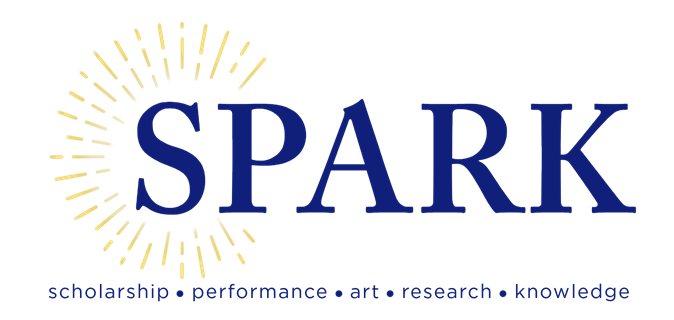
[Archive] Belmont University Research Symposium (BURS)
Publication Date
Spring 4-16-2020
College
Sciences and Mathematics, College of
BURS Faculty Advisor
Nikki Glenn
Abstract
Zebrafish, Danio rerio, are used as a source model organism for human development of the tendons, bones, and ligaments. The sclerotome is an embryonic structure known as the somite. The sclerotome gives rise to axial bones and tendons. During development, different genes are involved and affect how these skeletal tissues develop. Specifically, within this project, the effects of Twist1b and Twist2 were studied to see their effects on tendon formation, as they are expressed within the developing sclerotome tissue. Transforming growth factor beta receptor type-2 (Tgfbr2) has been shown to be involved in tendon formation (Subramanian, Kanzaki, Galloway and Schilling 2018). We investigated expression of tgfbr2 in twist1b and twist2 morpholino-injected embryos. Morpholinos are a method used in molecular biology for knocking down gene function. We then used in-situ hybridization to visualize expressions of tgfbr2 in twist1b and twist2 morpholino-injected embryos. It was evident that there was a change when the twist1b and twist2 morpholinos were used. The twist1b knockdown revealed reduced tgfbr2 expression in the tail compared to the wildtype, whereas, twist2 knockdown increased expression in the head compared to the wildtype. These results will help characterize the role of Twist1b and Twist2 during tendon formation in the sclerotome of the zebrafish.
Recommended Citation
Feron, Nooralhuda, "Exploring the Role of tgfbr2 During Zebrafish Sclerotome Development" (2020). [Archive] Belmont University Research Symposium (BURS). 18.
https://repository.belmont.edu/burs/18



Comments
This poster was selected to be presented at the 2020 BURS event; however, due to the global COVID-19 pandemic, the event was canceled and the poster not presented